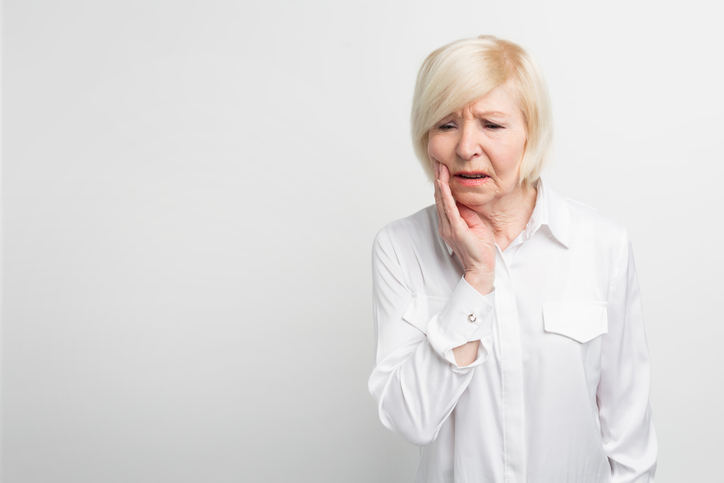Stress---Sympathetic---Gamma Efferent--Muscle spindle-- Tr Pt --Muscle Inflammation--PAIN
Stress- Sympathetic-Lat Pterygoid-Pulls Lateral Ligament-Stretch-Tear Lat Lig- Disc Disp--PAIN
Displace Disc Pathway: starts at lateral pole and proceeds to medial pole unless dentists intervenes
Lateral pole -- middle disc -- medial pole
Stress---Sympathetic---Gamma Efferent--Muscle spindle-- Tr Pt --Muscle Inflammation--PAIN
Stress- Sympathetic-Lat Pterygoid-Pulls Lateral Ligament-Stretch-Tear Lat Lig- Disc Disp--PAIN
Displace Disc Pathway: starts at lateral pole and proceeds to medial pole unless dentists intervenes
Lateral pole -- middle disc -- medial pole

Orthognathic surgery & braces should expand arch in small airpipe-small arch patients instead of extract premolars and shrink arch
 Raleigh Facial Pain © 2025 All Rights Reserved.
Raleigh Facial Pain © 2025 All Rights Reserved.